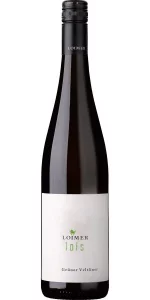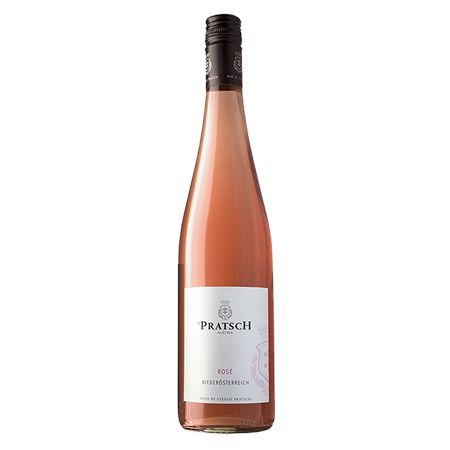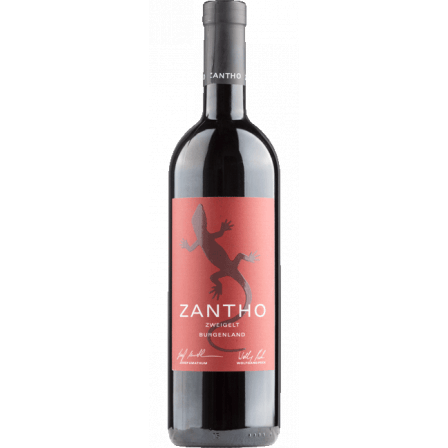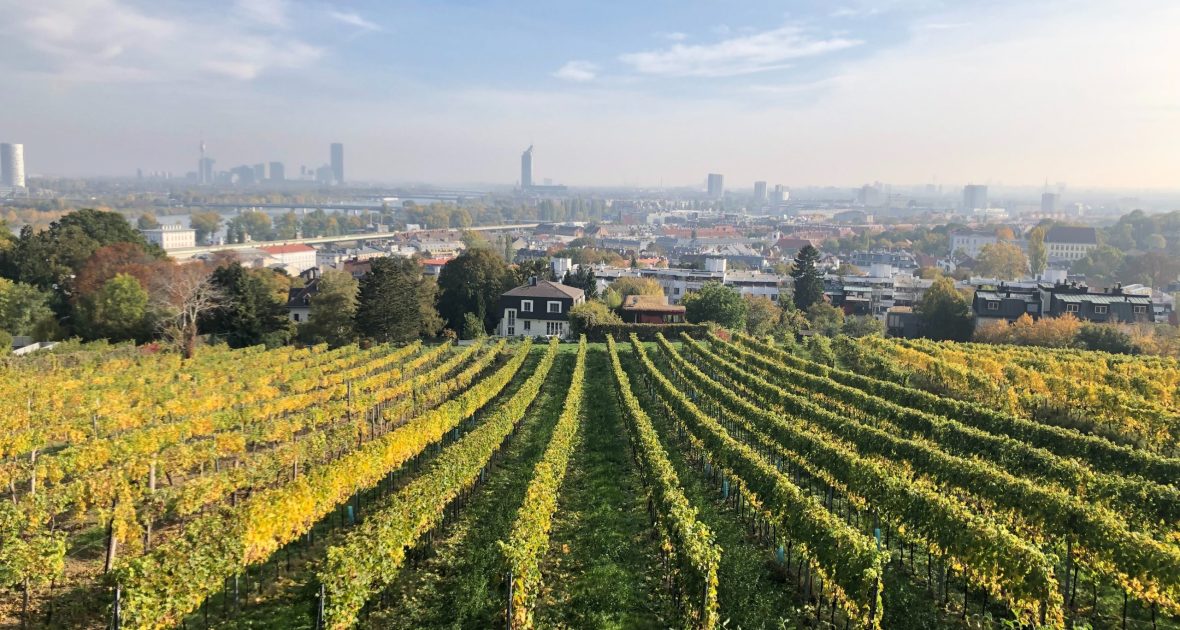
by Karina
Fresh. Mineral. Elegant.
These are some of the biggest hype words in the wine world today. These are also the words that are largely used to describe the wines produced in Austria. And if you’re a seasonal drinker like I am (zero shame in that—drink what the meteorologist tells you to drink), there are no better wines to scratch your springtime itch than these.
Maybe it’s because of its geographic proximity to Germany or its phonetic proximity to Australia, but poor Austria never gets the spotlight it deserves. There is no other wine-producing country that has undergone a bigger transformation in the last few decades than Austria. From scandalous adulterations of bulk wine in the 80s to adopting green farming and winemaking practices, Austria’s modus operandi today looks completely different than the lifeless, mechanized systems of the past.
Austria is a curious wine region. For being about the size of Maine, it still clocks in at 60-70 million gallons of wine produced each year—no small feat for such a small country. But what makes Austrian wine really interesting are its geographic connections and historic roots. This landlocked country shares borders with 7 other countries, and each one of those neighboring countries has influence on what wine is grown and made in the adjoining Austrian subregions. That’s why you’ll see Riesling, Sauvignon Blanc, Pinot Noir, Chardonnay, and other international grapes grown alongside regional specialties like Grüner Veltliner, Sankt Laurent, and Blaufränkisch.
Austria has so many ties to various cultures and chapters in history, and they celebrate each one. From the crisp, clean white wines of the north to the unctuous dessert wines of the east and everything between, there’s an Austrian wine to fit every palate. We’re celebrating All Things Austrian this summer, and we’ve got some fun things happening to get you properly introduced to these exciting wines.
Here’s your homework (it’s fun, don’t worry):
- Buy a bottle or two (or more!) of a new Austrian wine you haven’t tried. We’re offering 10% off all Austrian wine both online and in-store this weekend, and this weekend only!
- Pick up one of the Austrian recipe cards at the Service Desk, swing by the France 44 Meat Counter for your protein, and put together a delicious Austrian dinner.
- Sign up for our newly-announced Austrian Wine class at The Bakken Museum on June 14th! We’ll be tasting through a big lineup of Austrian wines in the Bakken’s beautiful outdoor garden. There’s no better way to get acquainted with the styles, grapes, history, and traditions of this fantastic wine region.
- Extra credit: purchase an Austrian wine map to kick off your Austrian wine nerd fest, designed in-house by the fabulous Dio Cramer! Purchase in-store only.
Not sure what wine direction to go first? Check out a few of our current favorites in the wine shop:



LOIMER ‘LOIS’ GRÜNER VELTLINER
BIOHOF PRATSCH ROSÉ
ZANTHO ZWEIGELT
This is a picture-perfect example of what good, zesty Grüner Veltliner is all about. The Loimer ‘Lois’ comes from a small northern region called Kamptal, which is situated on the river Kamp and northwest of Vienna. This region is well-known for Grüner with its volcanic, mineral-laden soils, steep terraces, and cool growing temperatures. Expect some springy green herbal notes, ripe orchard fruits, a good burst of acidity, and just a whisper of spritzy carbonation.
A perennial favorite pink of the France 44 wine staff, this delicious rosé is made from 100% Zweigelt and has just enough juicy fruit to keep you reaching for your glass. It comes from the ridiculously-long-named region Niederösterreich, translating to “lower Austria,” which is actually located in the north—not confusing at all. Chill this down for your next patio party… or just keep it to yourself in a hammock by the lake. No glass required.
We love this Burgenland producer! Burgenland sits on the edge of southeast Austria and flows right into Hungary. This is one of the most fascinating regions of Austria politically and culturally, and it doesn’t hurt that its wines are delicious too. This easy-going red is a silky-smooth rendition of Zweigelt, an important red grape in Austria that was created in the 1920s by crossing two other important Austrian red grapes: Sankt Laurent and Blaufränkisch.
